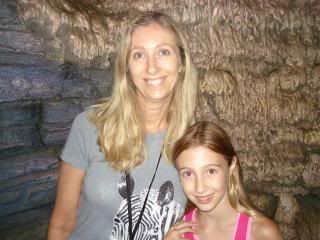Banned Books Week was celebrated in our middle school library when I was a librarian. I have to admit that I had just as much fun as the students did wondering why certain books were banned. We would look up the reason together if the student had the time. It was a popular week and very valuable because I could get kids to checkout books that they usually wouldn’t read. The school I was in was quite liberal, and I did not hear of any book challenges. I do remember having a parent question me about a Hitler book when I was working in the elementary library. That book was non-fiction and only told about the beginning of Hitler’s “career”. We had to look at the other books in the collection to see that there was balance. The parent was satisfied and checked out some Holocaust books.
I chose Kaffir Boy by Mark Mathabane because my mother-in-law told me about the book being banned from the Burlingame Middle School a few years ago. The superintendent of the school district had heard from a couple of eighth grade parents that the words in one passage were too graphic. Burlingame is an upscale school with high parent involvement. The book had been used the year before, but this time the superintendent asked the teachers to stop teaching Kaffir Boy until a board could look into the challenge. In a subsequent interview with a local reporter, the superintendent says that he ordered the abridged version of Kaffir Boy and invited Mark Mathabane to speak to the school. Mark lives in Oregon with his family and decided to accept the invitation to speak with the students. He is quoted as saying, “I felt it was appropriate, since the book became popular with middle school students and teachers, to come up with an age-appropriate version,” in an email to the Times.
The book was in the middle school I worked in last year, but it was not taught by the teachers and had not been checked out in a long time. It is the original version with the passage about several small boys prostituting themselves to men in order to get food and money which I checked out and read. I really wouldn’t want a less mature sixth grader to stumble on this book and read it without an adult to give them some help with it. The book is an autobiography about Mark growing up in the worst ghetto in South Africa during the apartheid era. I can see why some of the students who read A Child Called It (violent autobiography) might want to read the nightmare details of Mark’s terrifying life. It was hard for me to stomach. I was concerned that I didn’t like the young Mark and how he treated his siblings. Here is an example:
"Shut up, you fool!" I screamed at her again. "The white man is outside, and he's going to get you and eat you!" I should not have said that. My sister became hysterical. She flung herself at the bed and tried to claw her way up. Enraged, I slapped her hard across the mouth.
In that same passage he does help his younger brother, George, who fell off the bed during a raid and cracked his head on the floor and was bleeding. Mark also joined the “gang” of boys (who were only about seven or eight years old) when his parents were taken by the Peri-urban or police. That is how he ended up witnessing the prostitution, although he was very upset and did not participate in it. Even as Mark starts school and his life begins to change, I had a hard time finding him a person that stirred the compassion I think is necessary for this book to be successful. I think that another book about oppression, such as The Color Purple by Alice Walker, might be easier for a middle school teacher to use. What I did like about Mark’s book was the women, his mother and grandmother, who help him get his education at great cost to them. In the end he is a very good student gets a scholarship to a college in the Unites States of America.
Although I think it is very important to teach with books like Kaffir Boy, and I wouldn’t take it out of a middle school library, I would give a synopsis of the book and probably a warning about its graphic nature before I checked it out.
Friday, April 23, 2010
Subscribe to:
Post Comments (Atom)

No comments:
Post a Comment